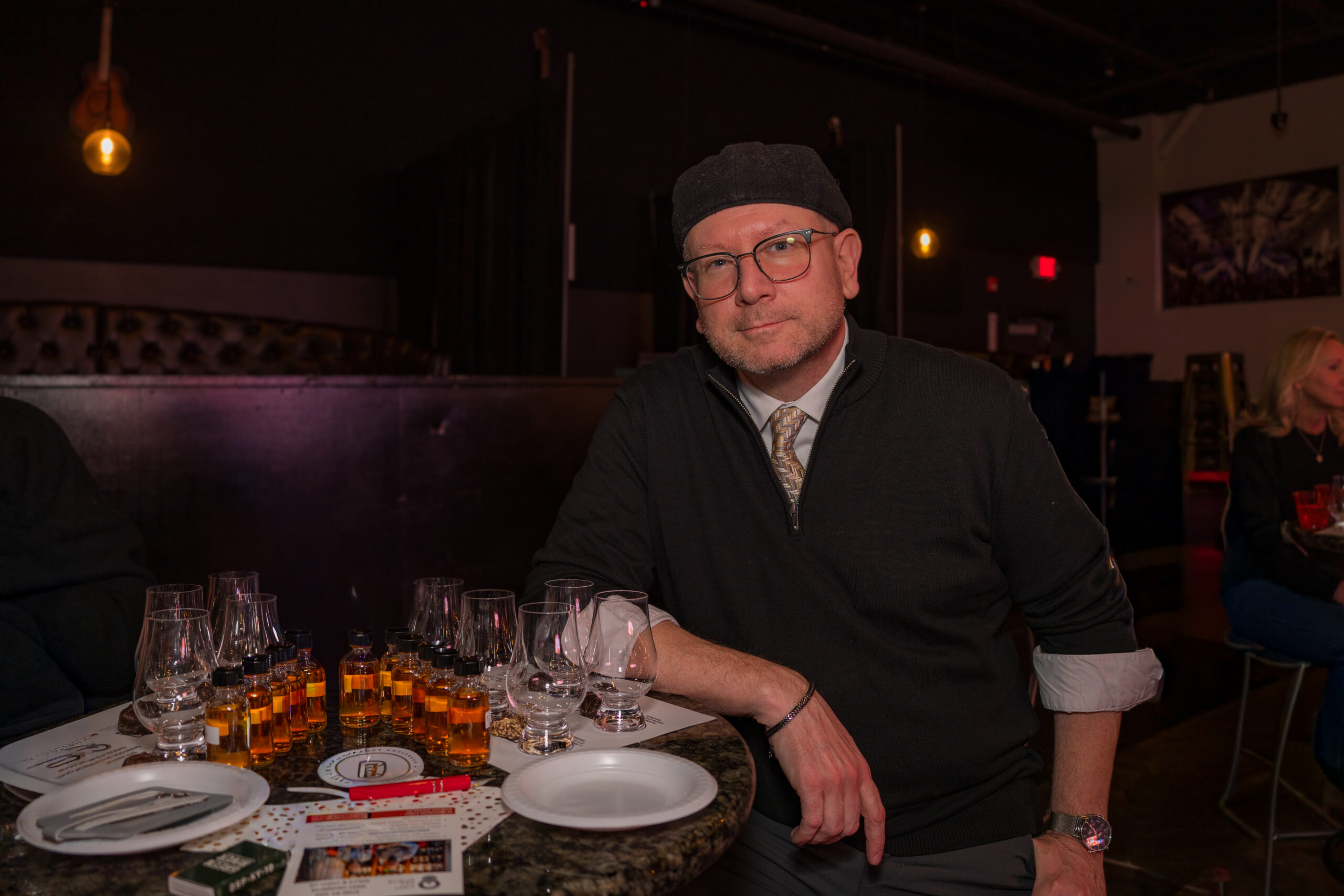Each year as I watch winter fade from the landscape, I feel a twinge of worry about the survival of some of my favorite garden plants. Rightly so this year, as there was little snow cover and a lack of moisture overall. Although I choose zone-hardy plants, I still worry as experience has taught me that Mother Nature always holds the trump card. Roses are a prime example of plants that make my worry list. I have given up growing hybrid teas but not wanting to have a garden without roses, I did some research in trying to solve the hardiness/lower maintenance issue. What I found may help you to make better rose choices for your 2016 garden.
The word “rose” conjures up images of nostalgia and romance—that is, for interior decorators and writers—but for gardeners, the image is one of black spot, aphids, and the reality of a high mortality rate. Hybrid teas, floribundas and grandifloras, are the tall beauties that find our climate only marginally acceptable. They require a great deal of care and often die even with winter protection. Grafted onto rootstocks, these roses often have sucker growth that will outperform the desired plant and if the rose dies back to the ground, usually only the rootstock will survive, producing less than desirable results.
So what’s a gardener to do? There are options that involve choosing plants grown on their own roots and bred with cold tolerance and disease resistance. Developed in Canada by Agriculture and Agri-Food Canada (AAFC) at Morden Research Station in Manitoba, the Explorer and Parkland Series are hardy down to -35C with only snow as protection. They are disease resistant, flower throughout the summer, require only minimal pruning and come in a variety of colors and heights—a win-win situation for cold climate US gardeners, as well. There are more than 24 winter-hardy roses from the Explorer series and 10 from the Parkland series. A few are listed here:
Explorer series roses: climbers or shrubs taller than 6 feet, suitable for tying to a support
•William Baffin: A vigorous, upright and strongly arching climber. It flowers freely and is highly resistant to blackspot and powdery mildew. The flowers are a strawberry pink, with an average of 20 petals. Blooms are loose and carefree. It forms a dense, full shrub, perfect for a tall hedge. There is little or no winter dieback of canes. This may be the toughest of all the Canadian explorer roses. It reaches a height of 8-10 feet. • John Cabot: A robust, upright, arching shrub, reaching a height of 6-9 feet. Flowers are a deep, rosy pink, with an average of 40 petals. It has a long bloom season and is very resistant to disease. Some spring pruning will be required after a severe winter. • Henry Kelsey: A shrub with long arching canes that can be tied and used as a climber. Blooms are vivid red, semi-double with showy golden stamens. This rose is resistant to powdery mildew and shows moderate resistance to blackspot. It will grow to 6-7 feet tall.
Explorer series roses: tall shrubs up to 6 feet
• Alexander MacKenzie: An upright, vigorous shrub that will grow to 6 by 4 feet. It is highly resistant to blackspot and powdery mildew. Flowers are deep red with 40 to 50 petals. The flowers closely resemble a hybrid tea rose.
• John Davis: Flowers are medium pink with an average of 40 petals. The semi-double blooms resemble old-fashioned roses. The bush is vigorous, disease resistant and somewhat sprawling and will reach a size of 5 by 7 feet. It flowers freely and is very winter-hardy.
Explorer series roses: low shrubs growing up to 4 feet
• Henry Hudson: A rugosa hybrid, semi-dwarf shrub that is repeat flowering and highly resistant to blackspot and powdery mildew. The flowers are white tinged with pink, with 20 petals. This is a very dense vigorous shrub that is exceptionally hardy. It will spread by suckering, like most rugosas, so it is best to plant where this is desired. It reaches a height of 2 feet and will spread to 3-4 feet through suckering.
• Royal Edward: A semi-miniature low spreading rose that grows to 18 by 22 inches. Repeat flowering with good disease resistance. The buds are deep pink, but open to a medium pink and later fade to pale pink. Flowers have an average of 18 petals and are borne in clusters. Only light pruning is required in spring.
• George Vancouver: This shrub has an upright growth habit with good disease resistance. It reaches a mature size of 3 by 3 feet. The deep red bud opens to medium red and fades to pink once fully opened. Flowers have 24 petals and are produced in clusters.
Parkland series roses: low shrubs under 4 feet
• Morden Blush: A hardy, low-growing, ever-blooming shrub, reaching a size of 2½–3 by 2½–3 feet. Plants tolerate high summer temperatures and are moderately resistant to powdery mildew and blackspot. This rose is the longest flowering of any prairie-developed shrub rose. Flower color is variable depending on temperature. In cooler temperatures, blooms are a light pink. In warmer temperatures, the blooms are ivory to white. Flowers resemble old-fashioned types of roses when open.
• Morden Centennial: Flowers are medium pink with about 40 petals. The shrub is hardy with good disease resistance. Deadheading will encourage re-bloom. It reaches a mature size of 4 by 4 feet.
• Winnipeg Parks: A dense, hardy shrub that grows to 2 by 2 feet. The flowers are a beautiful scarlet red, with 22 petals and produced in clusters. The shrub has moderate to good resistance to powdery mildew and blackspot. Winnipeg Parks has the most attractive foliage of the Parkland roses.
• Hope for Humanity: A low-growing ever blooming shrub, the bush has an open habit with good cane strength. Flower buds are deep wine red, opening to double blood red flower. The shrub shows good resistance to powdery mildew and rust, and a fair to good resistance to blackspot. This is a very hardy shrub that requires no additional winter protection. It will reach a size of 2 by 3 feet.
To find these roses in the Capital District, check out the full service nurseries and garden centers and ask for the Explorer or Parkland Series. Other sources include High Country Roses, 800.552.2082, www.highcountryroses.com, or Spring Valley Roses, 715.778.4481, www.springvalleyroses.com. To read more about winter hardy roses look at Hardy Roses: An Organic Guide to Growing Frost and Disease Resistant Varieties by Robert Osbourne, Garden Way Publishing; Easy Roses for North American Gardens by Tom Christopher, Reader’s Digest; and Roses for Dummies by Lance Walheim and the editors at the National Gardening Association, IDG Books Worldwide, Inc.
Susan Pezzolla, Master Gardener Coordinator, Horticulture Educator. Cornell University Cooperative Extension. 24 Martin Road, Voorheesville, NY.








